Dancing Through Worlds
An Interview with Delphine Hsini Mei
Delphine Hsini Mei is an interdisciplinary artist and performer based in Taipei, Taiwan. Her current work explores identity, violence, memory, healing and collective history. She shares her perspective on dance across cultures, and her incredible story of healing.
~~
How did you get into dance?
I started dancing when I was a little kid. My mother always liked to dance herself. In general, Asian parents tend to want their children to learn some kind of “skill,” like piano, drawing or dance, all of which I have done.
Aside from ballet, I have also studied traditional dances. I went to the dance department at the National Institute of Arts in Taiwan but soon withdrew to go to the states and study art history and interdisciplinary art. Afterward, I traveled and lived in the states for a while, performing as well, and then made my advanced study diploma in physical theatre and dance in Finland. After a while in Europe, I decided to return to my native land Taiwan a few years ago.
What does your current dance practice look like?
I am currently based in Taipei city, Taiwan. However, about once a year I go abroad to do residencies, perform or tour. Taiwan is an island country in the Asian Pacific Ocean. Ever since I re-settled back to my country few years ago, I have been practicing and performing both locally and still abroad. For instance, I just came back from India for a project. And for the past few years I have performed in Singapore. In 2012, I was invited back to Vienna to perform, where I had lived for some years.
As for my current dance practice, that is a question I often get asked but still cannot give a concrete enough answer to. My practice has melted into a interdisciplinary form these days; it is not strictly dance. Sometimes I prefer to say I am a “body artist,” meaning I use my body as a form.
Another aspect is the dimension of spirituality. When one works with body, movement and breath, one inevitably touches on the mind-body-spirit connections. As a shamanistic practitioner whose specialty is using dance and music to facilitate healing and rituals, it is sometimes hard to tell where ritualistic aspects begin and end in my performative work. Also, the subject of healing has been widened from individualistic areas to societal ones. The world needs more sharing and awareness of our bodies; how we move affects how we act.
In your experience, how do cultural stereotypes and understandings toward dance vary from place to place?
In general, across most cultures, when the word “dance” is mentioned, everyone immediately thinks about something like ballet or modern dance. Stereotypically, a dancer is someone who is thin, elegant, agile and can kick their legs high like elastic bands. Certain body types and shapes are required to be considered a dancer in specific cultures. For example, in my recent residency in India, I noticed the dancers are more solid and not as slender as those in my own country. It is culturally considered more beautiful to have some “flesh” on the body, while my culture considers only the extremely skinny to be dancers.
Another interesting difference is the speed and rhythm of dances. I find it varies drastically from region to region. For example, Nordic dancers tend to be very good at jumps. Butoh, which developed after WWII in Japan, is known for its painstaking slowness; the whole aesthetic has been closely linked to Eastern philosophies such as Zen. In some cultures, such as Indonesia, dance is still tightly related to ritual and ceremony; it is not necessarily something to be performed on a stage (unless for the tourists). Therefore, a dancer in Indonesia can also be a priestess or a housewife. To dance is only something she does for a certain function, not as a profession.
What are some of the greatest challenges you’ve faced pursuing dance?
When I wanted to study dance professionally, my family did not think it was a good idea. “It will not make a proper job,” they said. It was a huge challenge for me to prove myself by going through the national entrance exam here in Taiwan to show I could do it. At the time, the dance department in Taipei National University of the Arts only took 10 people out of thousands of applicants, and honestly I was not the best in terms of techniques, but I got in.
I did not finish the first semester before getting completely depressed and subsequently quitting. I then decided to apply to study abroad. It was not easy being an international student, but at least I finally felt like I was on the right path.
The second greatest challenge came when I was an exchange student in Austria. I was enjoying the European lifestyle – the neat coffee shops and elegant old architecture – something completely exotic and different to me at the time. However, during a ski trip to the Alps, the engine of the lift suddenly stopped and, in a split second, I was thrown out of the lift and my whole body flew straight toward a huge rock on the cliff. Luckily, an old retired ski coach caught me from behind as I flew across the air. As I landed one inch from the rock, I was holding my knee in excruciating pain. The next moments I only remember an ambulance and quick shadows carrying me to the nearest hospital emergency room.
What happened afterwards was beyond traumatic to me.
I was completely paralyzed; the only thing I could move were my eyeballs. Doctors said they doubted I would be able to walk again, let alone stand up and dance again. Muscles on my body were under massive shock; I needed to take three shots every day just to let the swelling go down bit by bit. The shots were extremely painful and I cried and cried for the first month while lying motionless.
However, I endured through the paralysis, which lasted more than a year, then through the lengthy recovery, which included dragging my body on crutches along the beautiful streets of Vienna.
This process taught me many things not only about pursuing dance but also about how to move through the still part of life. How to dance after that experience, with a different body, coupled with a new understanding of “dance,” was mind-opening for me.
What are some of the most rewarding aspects of your dance life?
There are so many!
Dance has taught me about life, or how to “dance” with life itself, so to speak. It has inspired me to keep going and see the world. Also, I have learned to appreciate my own body more and take better care of it.
And I love being able to still kick my leg high and twirl around the room like nobody is watching. Dancing is the full-body treatment spa!
But you definitely don’t need to kick high to be a dancer; everybody can enjoy the benefit of dancing, being healthy, and enjoying the moment.
~~
Born in Taiwan, Delphine Hsini Mei has practiced dance in the U.S., Europe and Asia. She has studied dance at the Taipei National University of the Arts, received a BFA/BA in art history and arts from the University of Illinois, and received an advanced diploma in physical theatre and dance in Helsinki, Finland. She’s been a resident artist at Cite American-Foundation (Paris, France) and Dance Short (Amsterdam, NL). Her recent performance video works have been shown on ARTE CREATIVE Channel Europe, ARTOPIA Taiwan, and she was interviewed by STIGAMART for its VideoArt 2015 Biennial Special Edition.

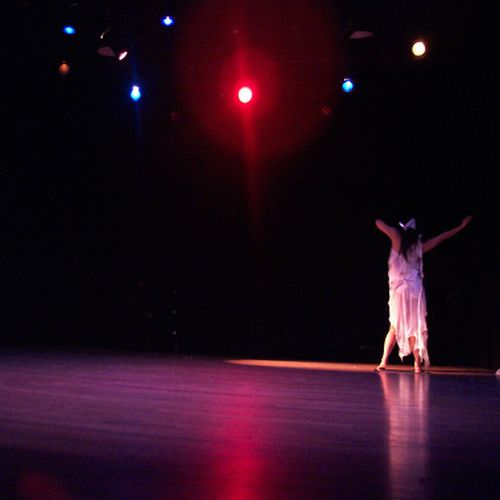
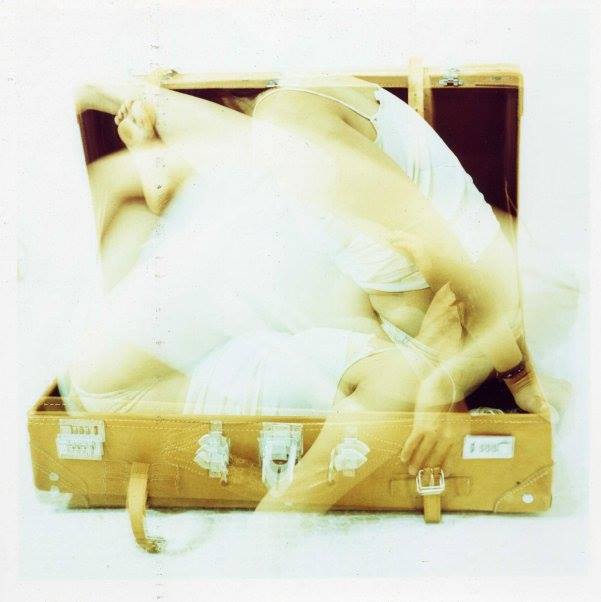
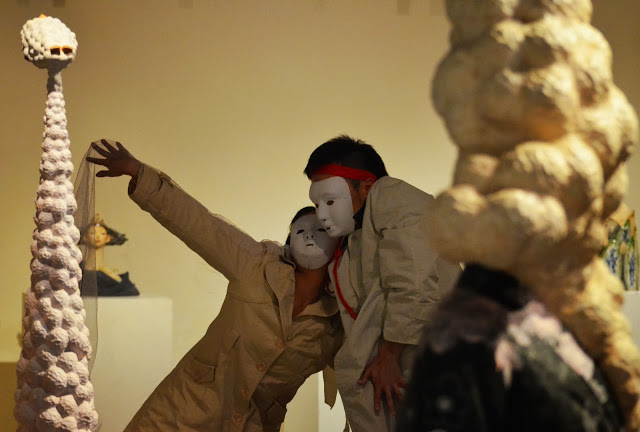
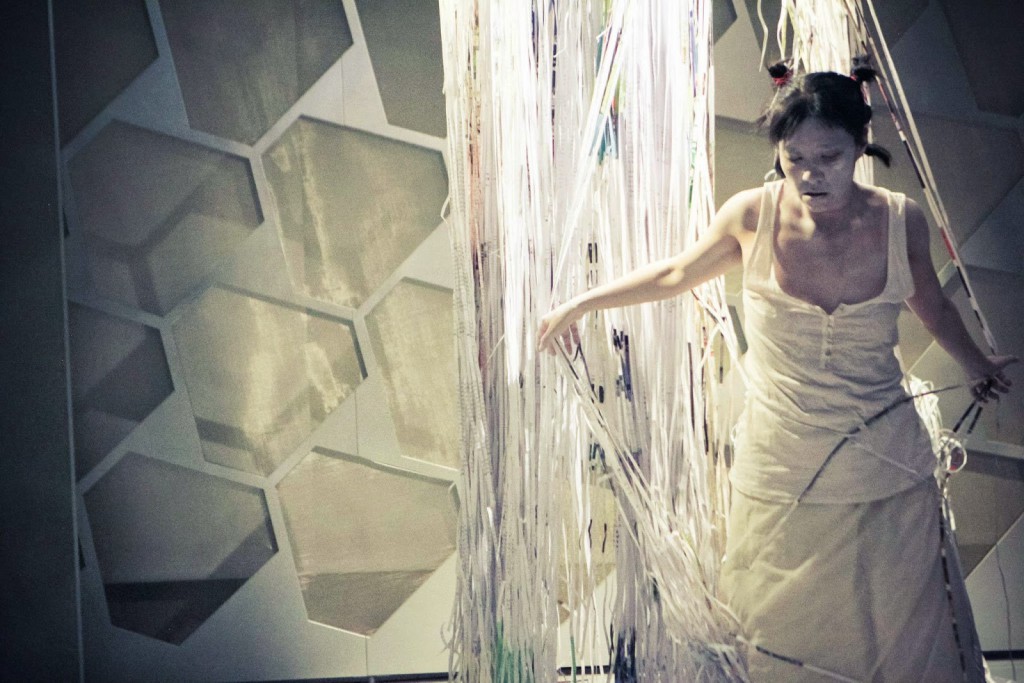
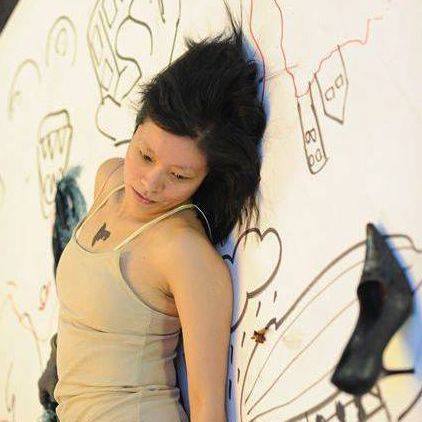

2 Responses to “Dancing Through Worlds”
I’m so glad it resonated with you Donna! Thanks for reading and sharing your thoughts!
i love the perseverance to dance no matter what, against your parent’s wishes, against possible paralysis. it’s not easy. i dance through cancer, chronic fatigue syndrome, poverty, parenthood etc. i can only dance on video, not well enough for classes, performances etc. that allows me to add in my art, poetry etc. this story is very inspiring and i really needed to read it right now.
Comments are closed.